2015 | World Cinema Fund
„The More Local, the More International"
For ten years, the World Cinema Fund has been promoting film production and distribution in the focus regions of Africa, Latin America and the Caribbean, Middle East, Central and Southeast Asia, the Caucasus and the countries of Nepal, Bangladesh and Sri Lanka. The WCF has since established itself as one of the leading institutions in the area of international funding for ambitious productions. It's high time for a conversation with Vincenzo Bugno, one of the WCF's two project managers.
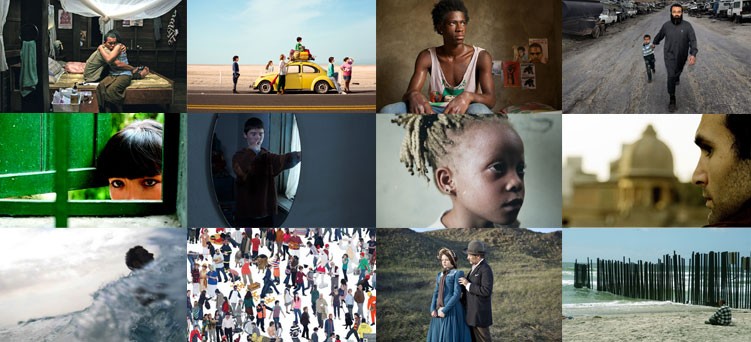
Why was the WCF created, ten years ago?
Our goal was to develop focused collaborations between German producers and filmmakers outside of Europe, and to support the film industry in regions where the infrastructure for filmmaking is weak. In concrete terms, that means the German producers are the administrative recipients of our funding, but 100 percent of the money must be spent in the funding regions. From the start, our goal was to support highly ambitious film projects, both artistically and in content. We look for authenticity, and it's important to us to work as closely as possible alongside the cultural identity of the funding region. We don't advocate for globalised, market-compliant productions or content; instead, we look very closely at content and narratives. "The more local, the more international" is something of a dogma at the World Cinema Fund.
Doesn't that conflict with the condition that a German co-producer must be involved?
I think we've developed a very productive model that creates opportunities for simultaneous growth for both German and foreign producers equally. In many countries, the producer's role isn't as strong as it is in Germany. On the other hand, in part thanks to the World Cinema Fund, a group of young producers has come together here in Germany who is passionately committed to making the kind of film projects that we want to fund. Projects with a hint of the exotic, or that seem tailored to the European market aren't interesting for them, or for us.
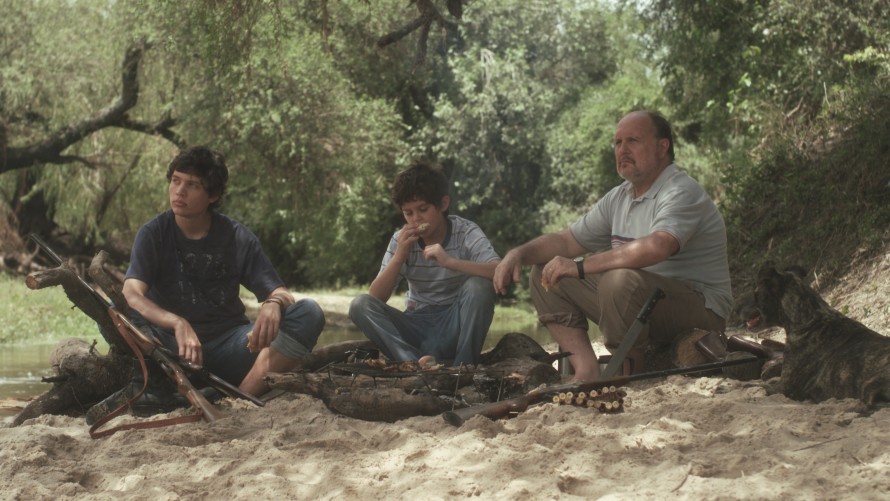
The WCF-funded films La tercera orilla and Historia del miedo were part of the Competition programme 2014
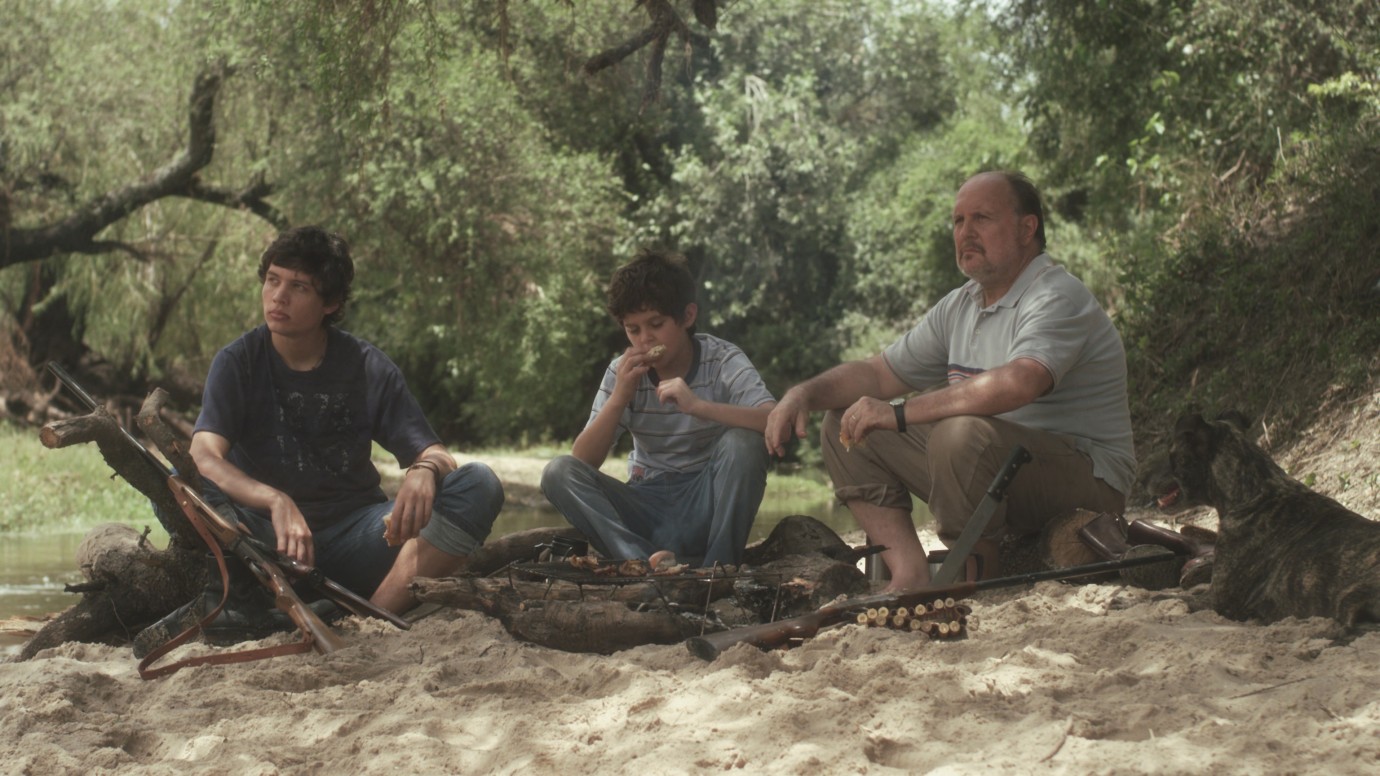
Alián Devetac, Dylan Agostini Vandenbosch, Daniel Veronese
La tercera orilla | The Third Side of the River | Third Bank of the River by Celina Murga
ARG/DEU/NLD 2014, Competition
© Tresmilmundos Cine
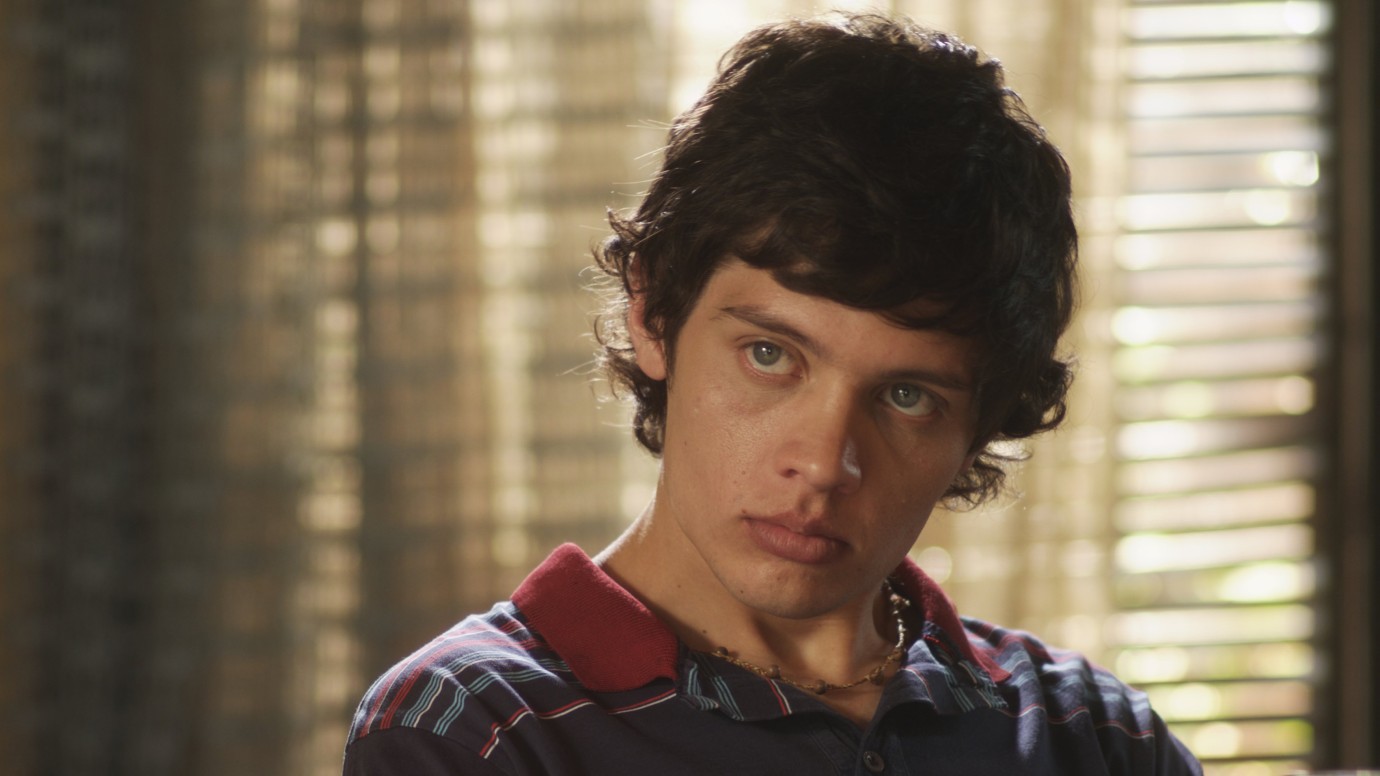
Alián Devetac
Warm-up Wettbewerbsfilm La Tercera Orilla | Public screening of the press conference with host Loretta Stern | Screening der Pressekonferenz mit Moderatorin Loretta Stern
Berlinale Open House
© Tresmilmundos Cine
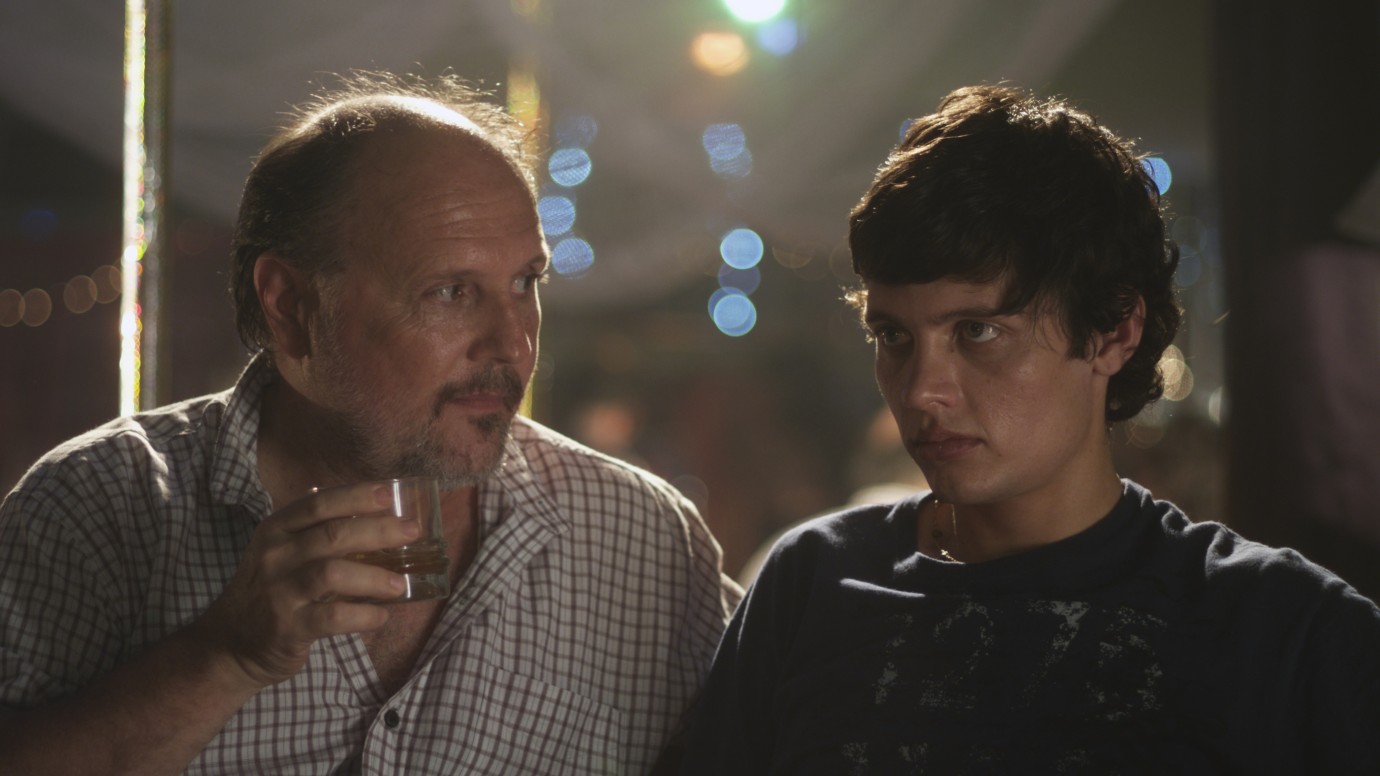
Daniel Veronese, Alián Devetac
Warm-up Wettbewerbsfilm La Tercera Orilla | Public screening of the press conference with host Loretta Stern | Screening der Pressekonferenz mit Moderatorin Loretta Stern
Berlinale Open House
© Tresmilmundos Cine
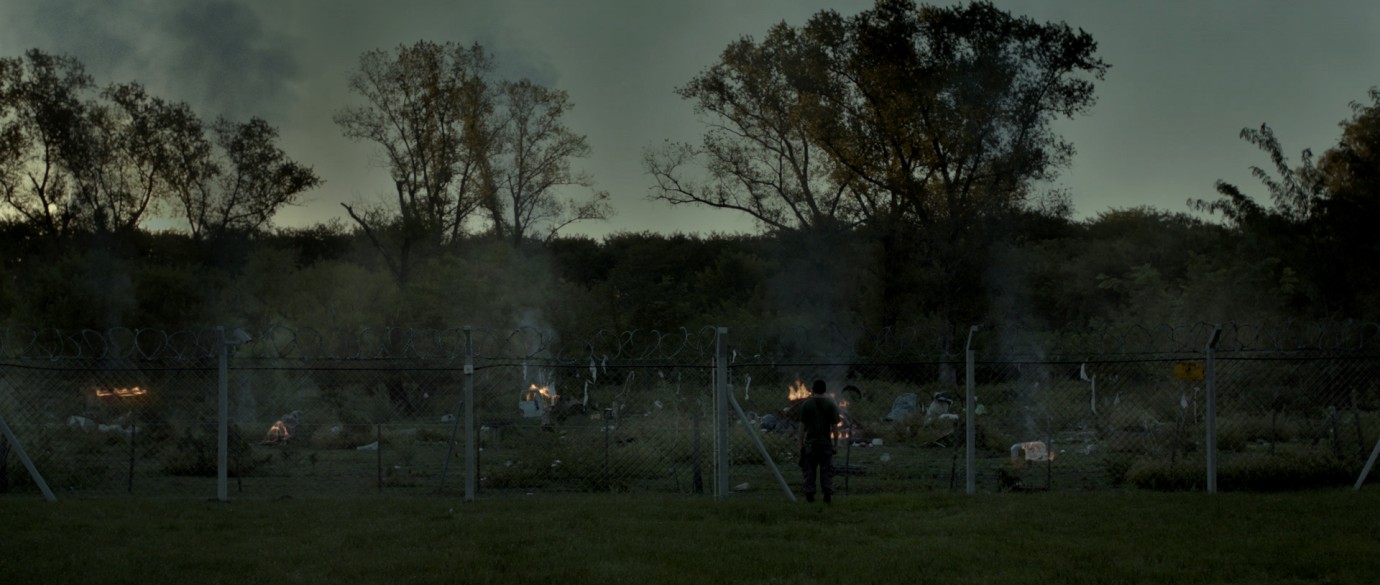
Jonathan Da Rosa
Warm-up Wettbewerbsfilm Historia del Miedo | Public screening of the press conference with host Loretta Stern | Screening der Pressekonferenz mit Moderatorin Loretta Stern
Berlinale Open House
Courtesy of Visit Films
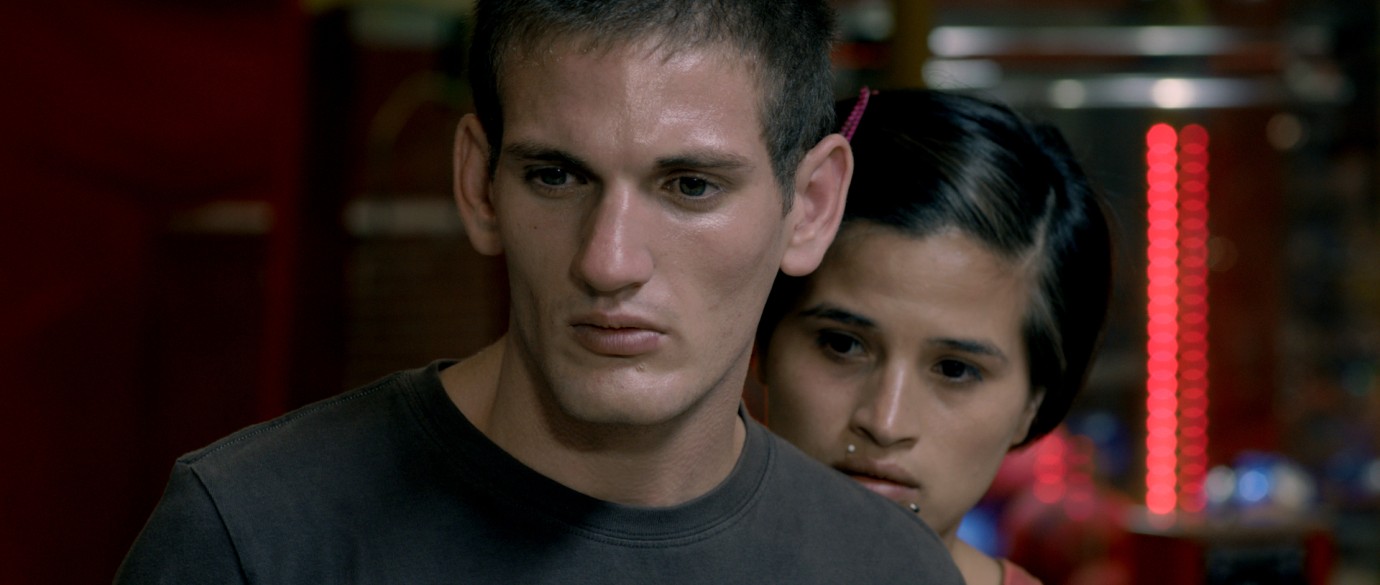
Jonathan da Rosa, Tatiana Gimenez
Warm-up Wettbewerbsfilm Historia del Miedo | Public screening of the press conference with host Loretta Stern | Screening der Pressekonferenz mit Moderatorin Loretta Stern
Berlinale Open House
Courtesy of Visit Films
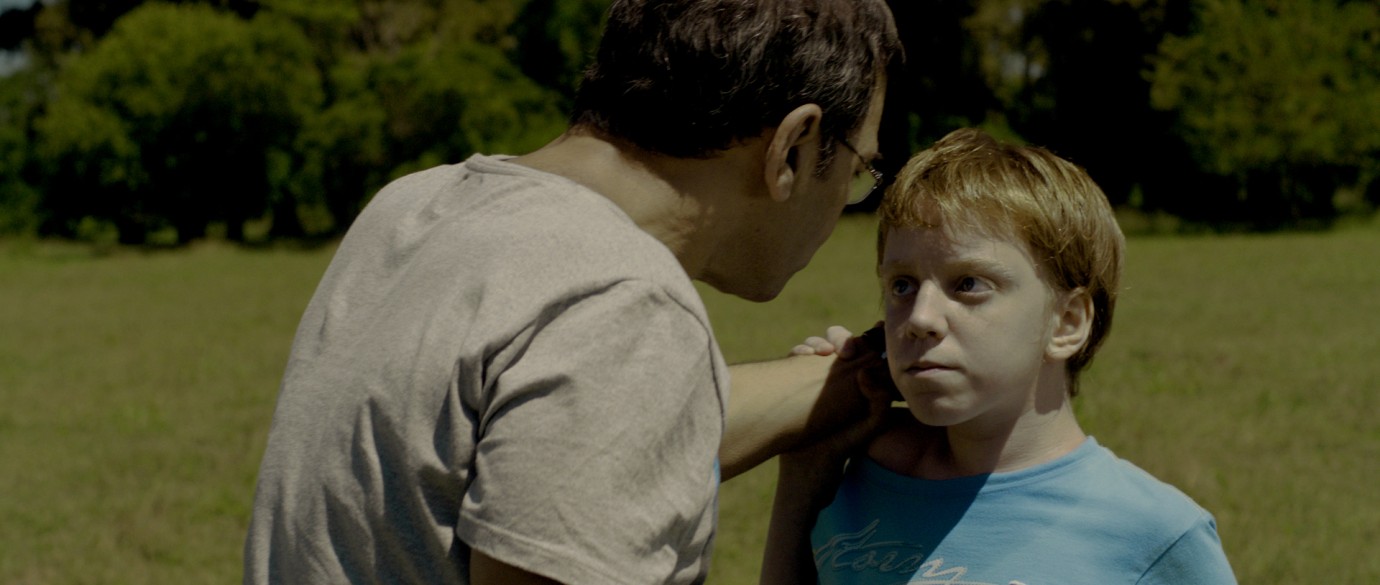
Cesar Bordon, Julian Zucker
Warm-up Wettbewerbsfilm Historia del Miedo | Public screening of the press conference with host Loretta Stern | Screening der Pressekonferenz mit Moderatorin Loretta Stern
Berlinale Open House
Courtesy of Visit Films
Can you comment on the selection process? When submissions arrive, what stage of development are the projects in?
We don't fund project development, but look primarily at well-developed scripts. When examining a project, we look not only at written depiction, but also especially at the artistic profile, the film's visual identity. We make a point of looking at conceptual depiction - things like photography, lighting, editing and scene design. And dialogue with the applicants is very important to us during the submission process.

Do Thi Hai Yen in Cha và con và (Big Father, Small Father and Other Stories) by Phan Dang Di
Recognising ambitious film projects
In what way are the funded films then linked to the Berlinale?
The films are totally independent. The rights for utilisation in Germany are not at our disposal and we don't expect the films to premiere at the Berlinale. That's a marked difference between the WCF and other comparable funding institutions. We're working for the career of the films themselves. Our first and foremost task is a culturo-political and artistic one.
Even though we're independently financed for the most part, the World Cinema Fund is of course a part of the Berlinale, so we do get excited about synergies like the ones that were established in recent years. In 2014, two WCF-funded films screened in Competition (La tercera orilla | The Third Side of the River by Celina Murga and Historia del miedo | History of Fear by Benjamin Naishtat, both from Argentina), and this year the Berlinale programme has a total of three WCF-funded films: Cha và con và (Big Father, Small Father and Other Stories) by Di Phan Dang from Vietnam in Competition and in Forum Al–Wadi (The Valley) by Ghassan Salhab from Lebanon, and Abaabi ba boda boda (The boda boda thieves) by the collective “Yes! That’s us” from Uganda.
We want the funded films to find recognition, and oftentimes, festival participation plays a large role in that. To date we've granted production funding 88 times. In 90 percent of the cases, the films were invited to big festivals, and many have won major awards. When a film screens in Cannes, Toronto or Venice, it's a big achievement for us too, and ultimately means publicity.
Half of the 88 funded projects are from Latin and Central America. And this year almost all Berlinale section heads have mentioned that a number of strong films from Latin America are in the festival programme. Does that mean your concept of promoting regions with weak film infrastructures works? Has it become a sustainable reality?
This phenomenon is of course first and foremost a product of development in the production countries themselves. The Latin-American film industry is incredibly multifaceted, and a great boost for us. Countries like Argentina, Mexico and Brazil have well-developed film industries and provide interesting funding opportunities. But when artistically, structurally or politically ambitious films are on the table, there is still a need for extra support. In other countries, there is no money at all. But over the years, production capabilities in some other regions have also improved, very noticeably in Arab regions for instance. The number of submissions is clearly increasing; that has to do with an increased awareness of our work beyond certain borders.
And the so-called digital revolution has also heavily influenced film production outside Europe and Hollywood by making it possible to produce films quickly and at low cost, comparatively speaking. 240 projects are submitted to the WCF for funding consideration annually, and of those we fund a maximum of ten - it isn't easy to get funded by the World Cinema Fund. But for ambitious, courageous and innovative projects, it's absolutely worth an attempt.
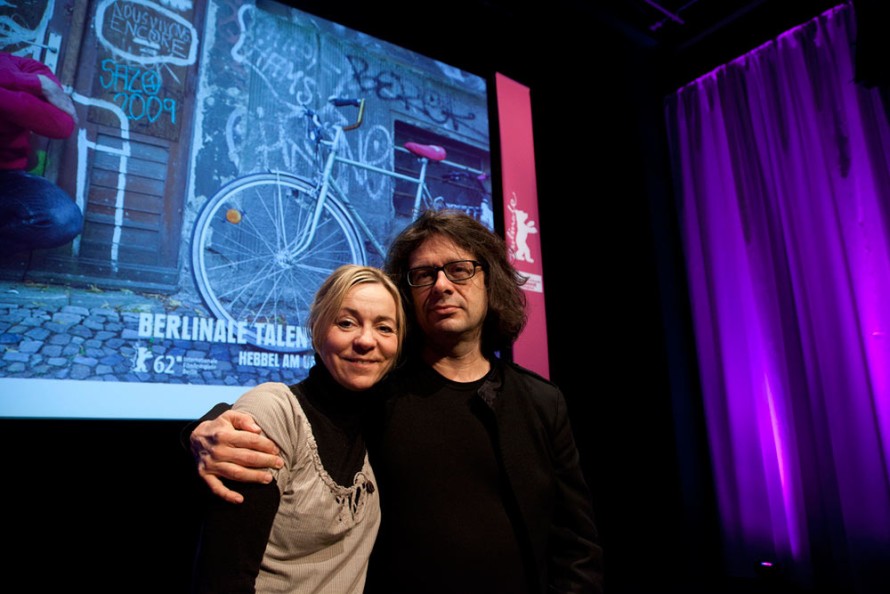
The project manager of the WCF Sonja Heinen and Vincenzo Bugno
WCF Europe
In its tenth anniversary year, the WCF is expanding to include the programme WCF Europe. How did that come about?
We applied to the European Commission's Creative Europe MEDIA programme with the WCF concept and through that support, we now have the opportunity to work and advance within Europe as well. With WCF Europe, European producers may now likewise submit projects and be the administrative recipients of our funding. The funds still must be used in WCF funding regions.
In the area of distribution funding, our existing strategy for helping films get to German cinemas will also profit from the WCF Europe expansion: Starting now, films cooperatively released by a total of three distributors - of which one must be European and one from a WCF region - can also be funded. That means we now have the opportunity to make WCF funded films visible outside Europe as well, and support their dissemination.
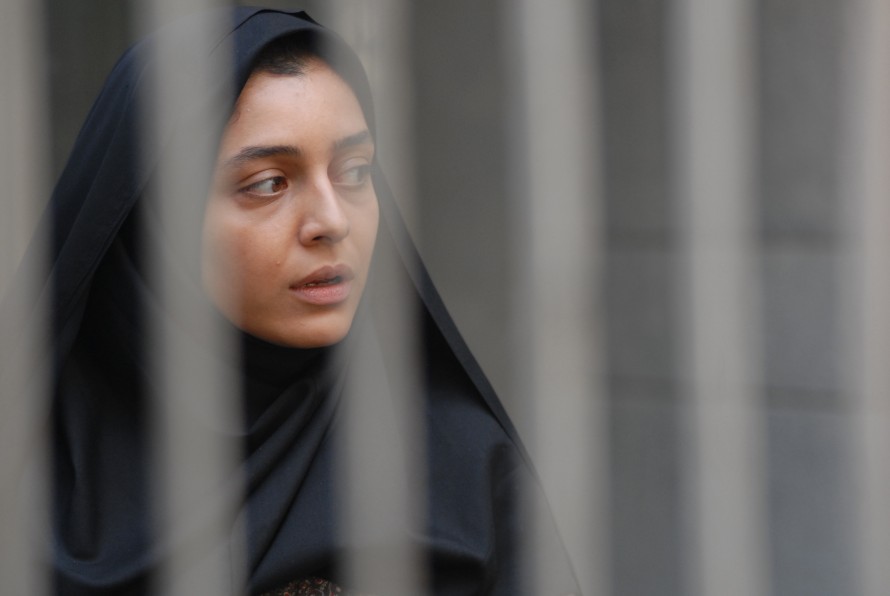
Sareh Bayat in Jodaeiye Nader az Simin by Asghar Farhadi
European distribution difficulties
What are the criteria for distribution funding? Do you fund films whose distribution potential looks especially promising, or those that would never make it to German cinemas without support?
Once again, the artistic and structural quality of the films is the most important criterion for funding. The European distribution world is relatively complicated, and sometimes films that have won awards at important festivals still have a really hard time getting distributed. So moderate strategic considerations can play a role for us when selecting films for distribution funding, for instance when we're trying to create visibility for a certain region in German cinemas. But again, I must emphasize: The quality has to be there first.
Are these complications really inherent in German distribution structure, or could it be said that there is a discrepancy between public cinema audiences, and festival juries or audiences?
That's a very complicated question, and one equally difficult to assess. What can definitely be said is that within Europe, there are still big differences country to country. In France, one million people saw Jodaeiye Nader az Simin (Nader and Simin, A Separation) by Asghar Farhadi, which won the Golden Bear in 2011, whereas in highly populated Germany the movie drew just under 150,000 viewers. That definitely has to do with certain respective cinematic traditions; what role distribution politics played would have to be carefully examined. We try to make at least a small difference. As an addition to our classic distribution funding - which will continue because we believe in the cinema as a secular temple - this year we're introducing a new project: "WCF on Demand". Instead of making a DVD box like we did a few years ago, first we'll be offering ten WCF films that more or less encapsulate our entire identity in video-on-demand format. It's a pilot project that the German Federal Cultural Foundation - which helped initiate the WCF ten years ago and has assured its support until 2018 - will also be seeing through with us.